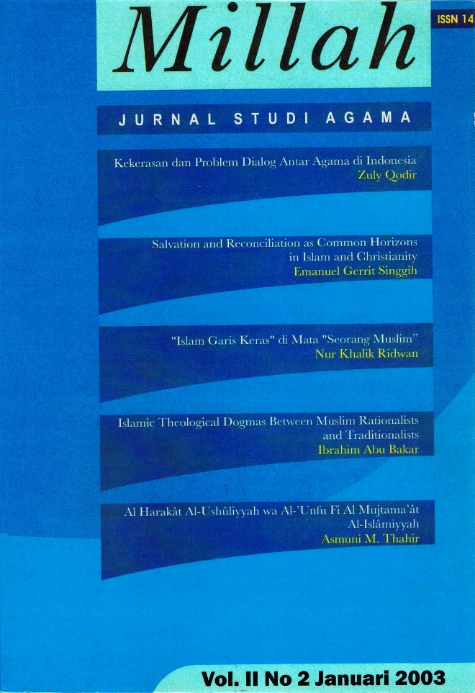Main Article Content
Abstract
This article is aim to disclose the principle of the differential of Islamic laws system between al-Tufi’s thought and Anglo Saxon concidering sociological jurisprudence from the thought of Roscoe Pound about the rule of general demand toward long reactualization. General demand according to al-Tufi’s is the realization from maqashid al-shariah concept. If the general demand orders law reactualization could be down although seems to take opposite of the nash will. Further more at expresses bravely that social demand is the goal from Islamic law while commandement and other Islamic Law verse are the method for realizing the goal. The same thing is briefly said by Roscoe Pound. But he addresses the actual change of Anglo Saxon law system committing to justice and maximum utility needs limitation like equity consuming limitation and the power to have equity limitation. Although we find the same perception about social demand concept but we still can find the difference in the scope of demonstration. Al-Thufi did not provide specific information, but we could guess that the establishment only limited to human rights (mu’amalah), and excluding the prerogative rights of Allah. On other hand we clarify the specific information toward social demand which needs the law actualization according to human social life dynamically.
Article Details
License
Copyright (c) 2016 Millah: Jurnal Studi Agama

This work is licensed under a Creative Commons Attribution-ShareAlike 4.0 International License.
Authors retain copyright and grant the journal right of first publication with the work simultaneously licensed under a Creative Commons Attribution (CC-BY-SA) 4.0 License that allows others to share the work with an acknowledgment of the work’s authorship and initial publication in this journal.
How to Cite
Mawardi, M. (2003). Sistem Hukum Islam Dan Anglo Saxon : Kajian Perbandingan Pemikiran Al-Thufi dan Roscoe Pound. Millah: Journal of Religious Studies, 2(2), 266–281. https://doi.org/10.20885/millah.vol2.iss2.art9




